The SOPCAWIND tool is a piece of software that facilitates the design of wind farms, bearing in mind not only the aspects of energy productivity but also the possible impact the wind farm may have on the environment, radars or other telecommunications systems in the vicinity. It also assesses acoustic noise, the effect of shadow on nearby housing, and applies criteria for heritage protection or clearance from transport networks and certain facilities.
Jun 10th, 2014
Read more
Helping farmers around the globe apply more-precise amounts of nitrogen-based fertilizer can help combat climate change. In a new study, researchers provide an improved prediction of nitrogen fertilizer's contribution to greenhouse gas emissions from agricultural fields.
Jun 9th, 2014
Read more
The two organisations will seek ways to make data networks in communications and ICT more energy efficient in the face of exponential growth in traffic.
Jun 6th, 2014
Read more
Scientists at the University of York are playing a key role in the quest for a better understanding of how a recently discovered family of enzymes can degrade hard-to-digest biomass into its constituent sugars.
Jun 6th, 2014
Read more
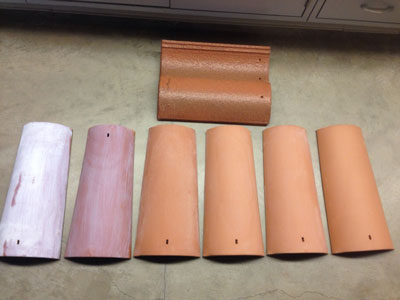 Researchers created a roof tile coating that when applied to an average-sized residential roof breaks down the same amount of smog-causing nitrogen oxides per year as a car driven 11,000 miles.
Researchers created a roof tile coating that when applied to an average-sized residential roof breaks down the same amount of smog-causing nitrogen oxides per year as a car driven 11,000 miles.
Jun 4th, 2014
Read more
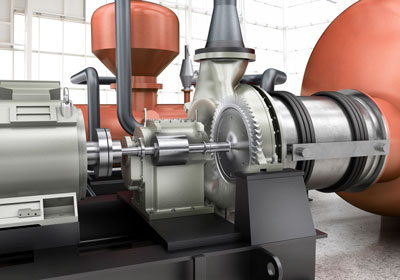 Siemens has developed a technology to use waste heat, which previously had gone unused, to generate electricity. The solution employs silicone oils, which have a lower enthalpy of vaporization than water, and is needed because waste heat produced in industrial plants or power stations often does not have enough energy to drive a turbine with steam.
Siemens has developed a technology to use waste heat, which previously had gone unused, to generate electricity. The solution employs silicone oils, which have a lower enthalpy of vaporization than water, and is needed because waste heat produced in industrial plants or power stations often does not have enough energy to drive a turbine with steam.
Jun 4th, 2014
Read more
This study aims to clarify possibilities and implications of woody bioenergy supply for the natural environment and climate for the EU by 2020 and 2030.
Jun 4th, 2014
Read more
 What if the body of the car itself was a battery? Researchers at Sweden's KTH Royal Institute of Technology have found a promising solution with carbon fibre.
What if the body of the car itself was a battery? Researchers at Sweden's KTH Royal Institute of Technology have found a promising solution with carbon fibre.
Jun 4th, 2014
Read more
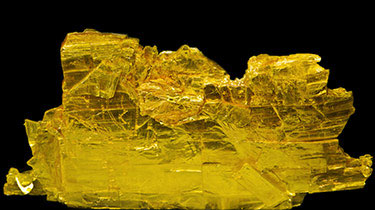 Researchers have combined common ingredients to make an inexpensive, high-capacity lithium-sulfur battery that can be cycled hundreds of times without losing function.
Researchers have combined common ingredients to make an inexpensive, high-capacity lithium-sulfur battery that can be cycled hundreds of times without losing function.
Jun 4th, 2014
Read more
Tinkering with climate change through climate engineering isn't going to help us get around what we have to do says a new report authored by researchers at six universities. After evaluating a range of possible climate-altering approaches to dissipating greenhouse gases and reducing warming, the interdisciplinary team concluded there's no way around it. We have to reduce the amount of carbon being released into the atmosphere.
Jun 3rd, 2014
Read more
As the developing world continues to develop, standards of living and access to technology increases. Unfortunately, as personal computers, laptops and mobile phones become increasingly common so the problem of recycling and disposal of such devices when they become technologically obsolete rises too.
Jun 3rd, 2014
Read more
By using the same sort of technology that measures brain and muscle movements in human beings, Dr Vitaletti and his team think we can better understand what is happening in the environment, and in plant-life as a result. He calls this blend of living tissue and digital sensors 'cyborg plants'.
Jun 3rd, 2014
Read more
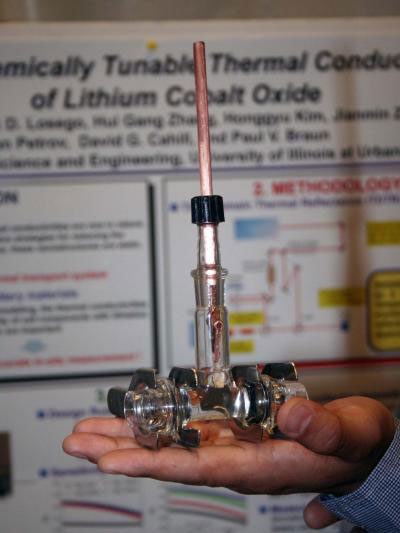 For the first time, researchers have experimentally shown that the thermal conductivity of lithium cobalt oxide, an important material for electrochemical energy storage, can be reversibly electrochemically modulated over a considerable range.
For the first time, researchers have experimentally shown that the thermal conductivity of lithium cobalt oxide, an important material for electrochemical energy storage, can be reversibly electrochemically modulated over a considerable range.
Jun 3rd, 2014
Read more
Climate-KIC, the EU's main climate innovation initiative, has kicked-off Europe's largest business idea competition, CleanLaunchpad.
Jun 3rd, 2014
Read more
New research suggests advantages of the smart analysis in energy consumptions of discontinuous production processes, all in terms of minimizing production costs. This research opens the door to improvements in the sequencing techniques and machine scale work assignment.
Jun 3rd, 2014
Read more
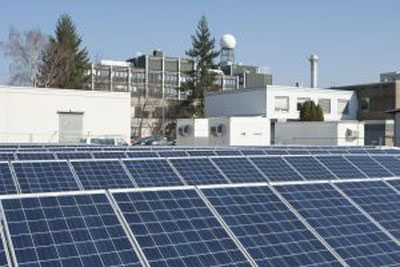 At Intersolar, Munich, researchers will present results relating to the safety and service life of battery-based domestic storage systems for private photovoltaics facilities.
At Intersolar, Munich, researchers will present results relating to the safety and service life of battery-based domestic storage systems for private photovoltaics facilities.
Jun 3rd, 2014
Read more
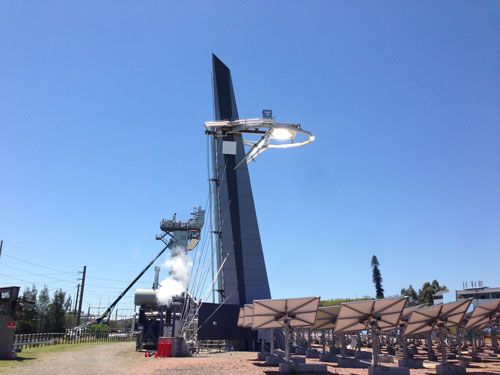 CSIRO has used solar energy to generate hot and pressurised 'supercritical' steam, at the highest temperatures ever achieved in the world outside of fossil fuel sources.
CSIRO has used solar energy to generate hot and pressurised 'supercritical' steam, at the highest temperatures ever achieved in the world outside of fossil fuel sources.
Jun 3rd, 2014
Read more
Scientists have completed their solution for transforming hydrogen gas into a less flammable liquid fuel that can be safely stored and transported. Another possible application of their technology would be to use atmospheric CO2to synthesize a number of useful chemical products.
Jun 2nd, 2014
Read more

 Subscribe to our Cleantech News feed
Subscribe to our Cleantech News feed





